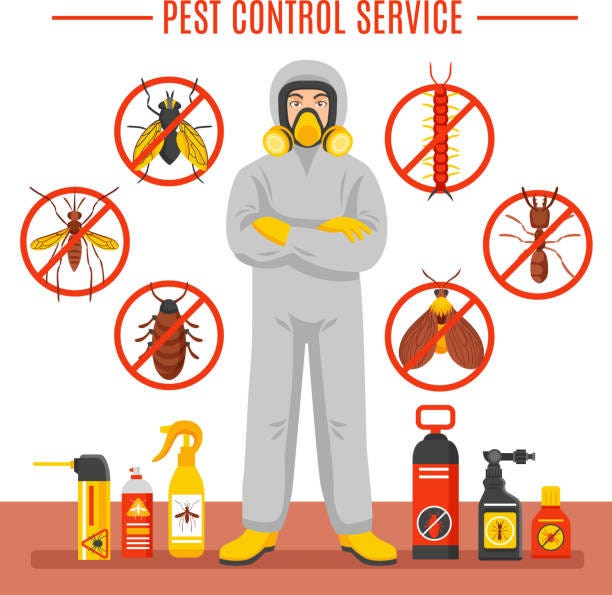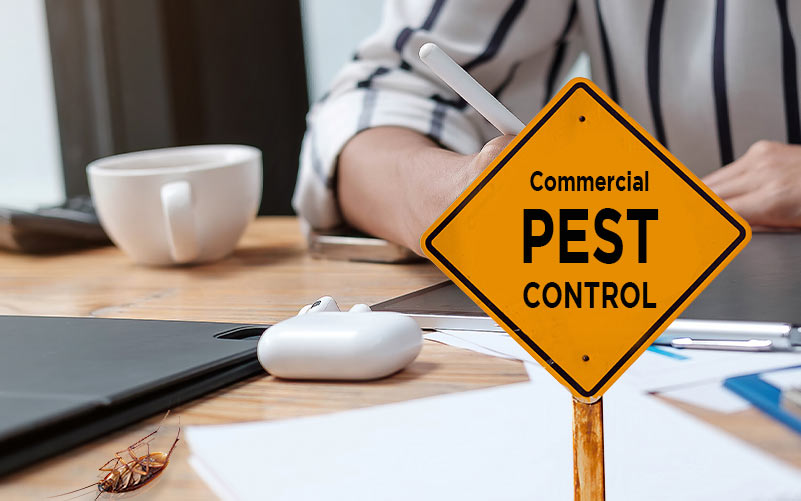Trusted A1 Bed Bug Exterminator Charlotte - Get Rid of Bed Bugs Fast
Trusted A1 Bed Bug Exterminator Charlotte - Get Rid of Bed Bugs Fast
Blog Article
Bed Pest Treatment Break Down: Comparing Chemical Vs. Non-Chemical Solutions
In the realm of bug control, specifically when dealing with the relentless concern of bed pests, the selection in between chemical and non-chemical therapy solutions can be a pivotal one. Both approaches provide distinct advantages and drawbacks, influencing aspects such as effectiveness, safety and security considerations, and general expense. By checking out the nuanced details of each method, a clearer understanding of which course to pursue in resolving a bed insect invasion can be achieved.
Efficiency of Chemical Treatments
Chemical therapies for bed bug problems have been widely acknowledged for their rapid and powerful efficacy in getting rid of these parasites. When considering the performance of chemical treatments, it is essential to understand that they can offer a quick and detailed solution to a bed pest issue.
In addition, chemical therapies have the advantage of supplying residual results, meaning that they can remain to eliminate bed bugs even after the first application. This recurring action is especially useful in combating any kind of possible re-infestations. In addition, the quick action of chemical treatments can bring alleviation to individuals facing serious bed insect problems, enabling them to restore control of their home promptly.
Security Problems With Chemical Solutions
When using chemical solutions for bed pest treatment is making sure the safety and security of owners and the setting,One vital element that needs careful factor to consider. While chemical therapies can be effective in removing bed insects, they may position threats otherwise handled correctly. Among the primary safety interest in chemical services is the potential damage they can create to human health. Direct exposure to certain chemicals utilized in bed bug therapies can result in respiratory concerns, skin inflammation, or various other adverse reactions, especially in individuals with pre-existing conditions or sensitivities. Furthermore, improper application or dosage of chemical pesticides can lead to poisonous deposits sticking around in the treated location, posing lasting health and wellness dangers to occupants.
In addition, the environmental influence of chemical services is one more significant consideration. Some chemicals used in bed bug therapies might be dangerous to beneficial insects, wildlife, and communities if they leach right into the dirt or water systems. It is important to make use of chemical treatments deliberately, complying with security guidelines, and considering less harmful alternatives to reduce these dangers and make sure the safe and efficient administration of bed bug infestations.
Advantages of Non-Chemical Approaches
Considering the possible security concerns and ecological impact associated with chemical solutions for bed bug therapy, exploring non-chemical strategies presents an encouraging alternative with numerous distinctive advantages. Non-chemical treatments are eco friendly, as they do not contribute to air or water contamination, making them a lasting choice for insect control.
Furthermore, non-chemical services can be efficient in targeting bed insects, consisting of hard-to-reach areas where chemical treatments may not pass through - A1 exterminators charlotte nc. Techniques such as warmth treatment, vacuuming, vapor cleansing, and cushion encasements provide thorough obliteration without the use of hazardous chemicals.
Limitations of Non-Chemical Treatments

Additionally, non-chemical treatments commonly need several applications to achieve effective elimination. This can be taxing and might not always guarantee complete elimination of all bed bugs and their eggs, particularly in hard-to-reach or surprise places.
Moreover, the success of non-chemical therapies heavily depends on proper implementation and thoroughness, which can be challenging for people without expert experience. Insufficient application of non-chemical approaches might result in insufficient removal, leading to relentless problems and the requirement for extra treatments.
Consequently, while non-chemical treatments have their advantages, it is necessary to recognize these restrictions and consider them when establishing one of the most effective technique for taking care of bed insect problems.
Expense Contrast: Chemical Vs. Non-Chemical Options
Provided the constraints related to non-chemical therapies, a necessary element to evaluate in the context of bed insect administration is the expense contrast in between chemical and non-chemical options. Chemical treatments normally involve the application of insecticides by experts, which can vary from $250 to $900 per room, depending upon the seriousness of the invasion and the size of the area to be treated. In comparison, non-chemical treatments like warmth treatment or vapor can be more costly, with expenses varying from $1,000 to $6,000 for an entire home. While the preliminary cost of chemical therapies might seem lower, multiple treatments might be needed to totally eliminate the problem, potentially raising the overall cost. On the various other hand, non-chemical choices might supply an extra eco-friendly and sustainable service, although they can be cost-prohibitive for some individuals. Inevitably, when taking into consideration the cost of bed bug treatment options, it is essential to evaluate the upfront costs versus the performance and long-term sustainability dig this of the selected method.
Final Thought

Taking into consideration the possible safety and security concerns and environmental influence connected with chemical solutions for bed insect treatment, discovering non-chemical YOURURL.com approaches provides a promising alternative with a number of unique benefits.Given the constraints associated with non-chemical treatments, a crucial facet to assess in the context of bed bug administration is the price comparison between chemical and non-chemical choices. In comparison, non-chemical treatments like heat therapy or vapor can be extra costly, with prices ranging from $1,000 to $6,000 for an entire home. While the preliminary expense of chemical therapies may appear reduced, several treatments might be called for to completely remove the problem, potentially increasing the total expense.In final thought, when contrasting chemical and non-chemical bed insect therapy options, it is important to think about efficiency, security, advantages, constraints, and price.
Report this page